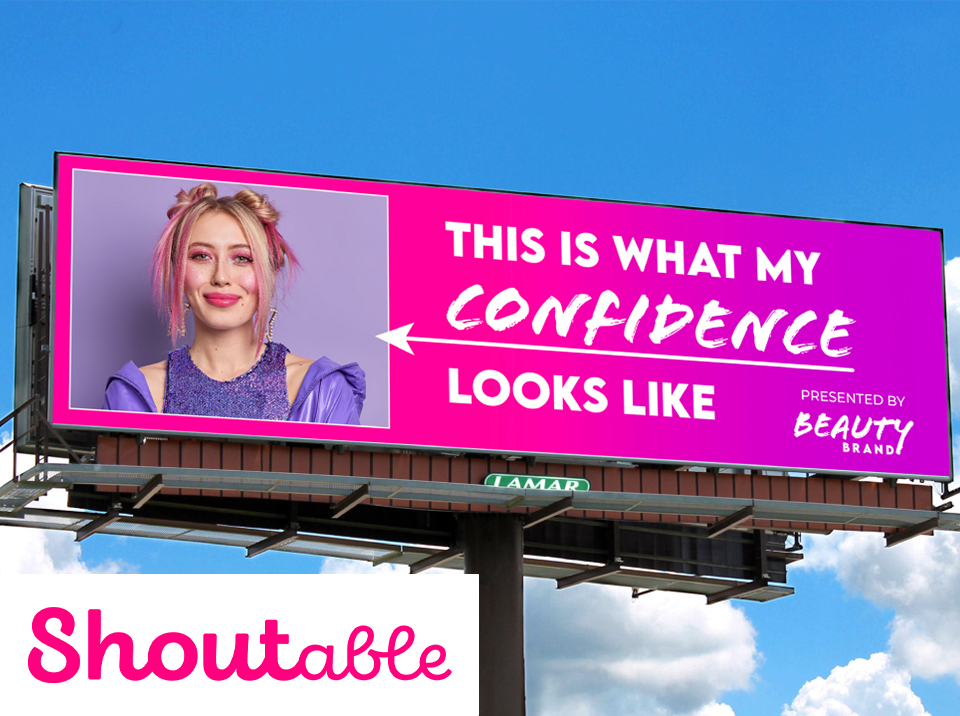Remember when companies talked, and consumers listened? Well, that doesn’t seem to be the case anymore. The emergence of the Internet promised brands a golden era of marketing, where a brigade of companies could easily dominate the digital universe. But, to brands’ disbelief, consumers hold all the cards today. So, what happened?
Social media created a global means of communication; once-remote communities can now forge strong relationships and advertisers can now converse with their audiences directly. On the flip side, this has made it more accessible for consumers to voice their concerns and, in turn, influence product development. When problems aren’t solved at a moment’s notice, consumers have multiple avenues to find similar products and services for the same or lower price. The traditional path to purchase has been disrupted by the hodgepodge of social networks and digital devices, emboldening consumers’ like never before.
Brands are losing their foothold, traditional marketing is out the window, and consumers are taking over. People are more interested in what products their friends, family, and content creators are using than brand loyalty. Over three-quarters of consumers trust opinions from friends, families, and influencers, to help them make the right decision about buying a product or service. That’s why brands have turned to user-generated content (UGC), enlisting real people to showcase their products and services in an entertaining, authentic, and humanistic way. And luckily for companies, this has proven to work, with 79% of consumers finding UGC impacts their purchasing decisions, whereas only 13% believe branded content has the same effect.
With today’s digital-savvy shoppers, its imperative brands incorporate UGC online. But we know consumers aren’t permanently glued to their devices. Driven by COVID-19 lockdowns and quarantine fatigue, more people are spending time outside their home and less time looking at their screens. The return to outdoors sparked a resurgence in out-of-home (OOH) ads. Anna Bager, President and CEO of OAAA stated, “This research has confirmed that OOH has the power to influence consumers as never before.”
So, what seems to be missing is user-generated content in the physical world. There needed to be a way for people to showcase brands’ content out of the home. Yes, big brands can pay celebrities and top influencers to appear in OOH ads, but what about the familiar, everyday user? This is where Shoutable comes in. UGC has emerged on digital billboards, making it possible for customers to share brands’ content on the largest screens across the country and post on social media. Shoutable first launched on Mother’s Day, encouraging shoppers to skip the greeting card and go big with a billboard. And the results of the campaign proved that people wanted to engage with OOH screens!
After the experiment’s success, Shoutable took it a step further, making it possible for brands to add their content plus branded user-generated content to digital billboards. For example, Wag teamed up with Shoutable just in time for National Dog Day, offering pet parents an opportunity to share their doggos with the world! Customers were notified of the Wag and Shoutable collaboration days before and were able to create their very own customizable Wag-branded billboard. Once completed, pet parents could choose a suitable location to view the billboard and schedule a date and time to see it in person. Customers took to social media to amplify their billboards, boosting brand awareness for Wag!
The world is changing fast, and so is the consumer-brand relationship. Consumers have a strong urge to control every part of their shopping journey. This has challenged businesses to adopt new forms of marketing, such as user-generated content across their social media platforms. Still, it fails to utilize this method in the physical world. With Shoutable, companies finally have an opportunity to make their loyal customers the star of the brand, increasing brand awareness and fostering brand loyalty.

